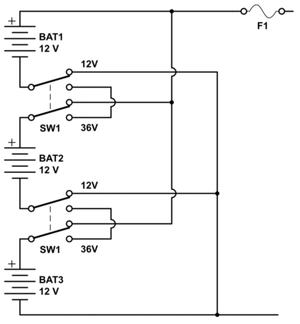Thanks to your 802.11b network, anyone in your company can wirelessly download funny pictures from Fark.com whenever they want. Now how about using that wireless capability to get some work done.
Colligo Workgroup Edition makes “wireless productivity” into something more than a laughable oxymoron. Its suite of collaboration tools is well suited for small companies or workgroups on Wi-Fi networks, though it’ll work equally well on a wired LAN.
At the heart of Colligo is the ability to set up ad hoc workgroups for swapping files, instant messages, and calendars. Once you’ve loaded and started the software on a desktop, notebook, or Pocket PC, it looks for other Colligo users running on the same local network. Built-in security ensures that you can’t connect to other users without mutual authentication, a clunky process that involves exchanging random code words provided by the Colligo software (“kilo donkey cow,” for example) and verifying these code words offline — through a phone call or in-person conversation.
Using Colligo, you can send “sticky notes” to one or more people in your workgroup, open one-on-one or group chat sessions, and exchange files, URLs, and vCards. Most features work on the Pocket PC version almost exactly as they do on a notebook or desktop. All communications in Colligo are secured by 168-bit Triple DES encryption.
The chat tool, which should be familiar to anyone who has used instant-messaging software, lets you send images by inserting them directly into the chat transcript. The whiteboard feature is fairly limited — all you can do is scribble on it in one of several different colors; any marks you make instantly appear on the screens of anyone else viewing the whiteboard. However, it lacks features for automatically drawing regular shapes, changing the pen size, typing text over the drawing, or pasting images for markup and annotation. Also, the Pocket PC version of Colligo lacks whiteboard support.
One handy feature in Colligo is calendar sharing, which can aid in finding a time when all members of your group can meet. Using data from several users’ Microsoft Outlook calendars, the Colligo calendar displays all time slots that are free for each participant. You can then pick a time and schedule a meeting from within Colligo.
Colligo is perhaps most useful for simply exchanging files. You can drop files into a special shared folder and then make this folder available to other Colligo users to browse — or you can send files directly, either within a chat session or separately. The person on the receiving end has the option of accepting or refusing the transmission.
If you’ve got several users with Wi-Fi but no existing wireless network, Colligo can create an on-the-spot “instant network” using ad hoc (computer-to-computer) Wi-Fi links. We found this was far easier than creating ad hoc network connections in Windows, and it makes it possible to instantly share files and chat in the absence of network infrastructure. You can’t simultaneously use a single Wi-Fi device to connect to the Internet and to an ad hoc Colligo network — but if you have a separate Internet connection on one of the machines (through a wired LAN connection, for instance) you can share this connection with other members of the workgroup.
We found it necessary to turn off Windows’ Internet Connection firewall before Colligo would work properly. Setting this or any other firewall to accept UDP and TCP traffic on port 7550 should let you maintain security while allowing Colligo to operate, but we continued to experience connection problems even after allowing this traffic.
Each copy of Colligo includes one PC and one Pocket PC license; the company also offers volume pricing. Although it doesn’t match the high-powered and extensible platforms offered by industrial-strength collaboration tools such as Groove or Lotus Notes, Colligo is a fine, economical choice for small workgroups that need to share files and information. -Dylan Tweney
Best Feature: Easy creation of ad hoc wireless networks
Worst Feature: Brain-dead whiteboard
SPECS:
Colligo Workgroup Edition
$70
System requirements: Windows 98 SE or higher; 450 MHz Pentium II or higher; 64MB of RAM; 802.11b enabled. Pocket PCs: 32MB of RAM; 802.11b enabled
www.colligo.com
Rating: * * *
Link: Colligo Workgroup Edition
Link broken? Try the Wayback Machine.

